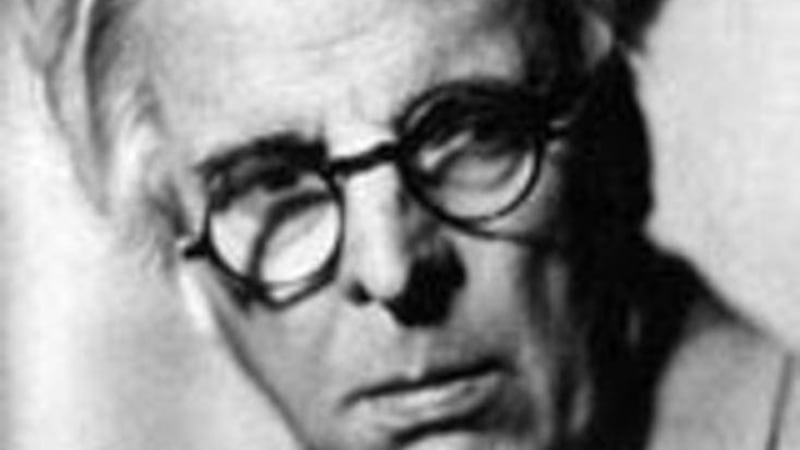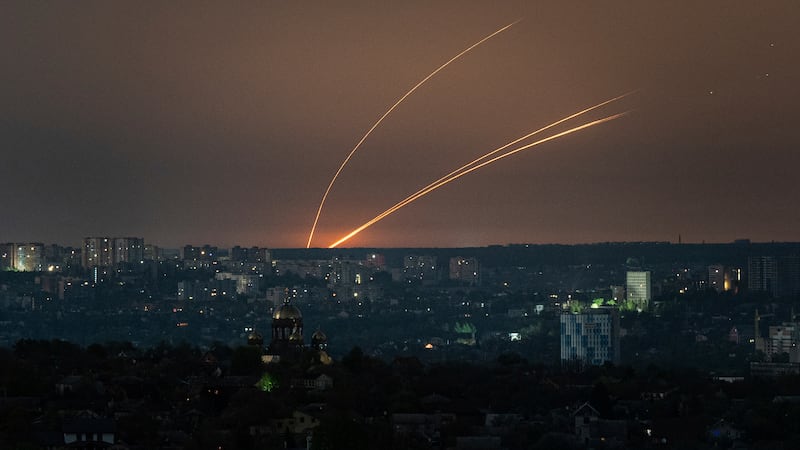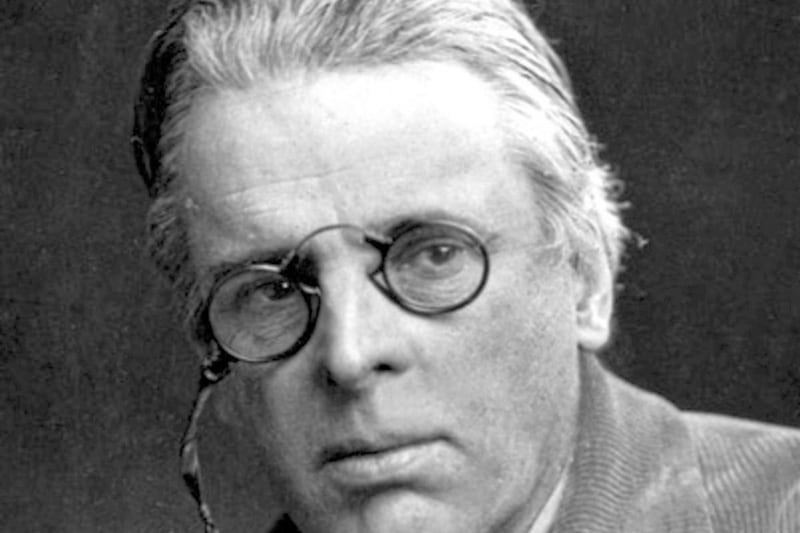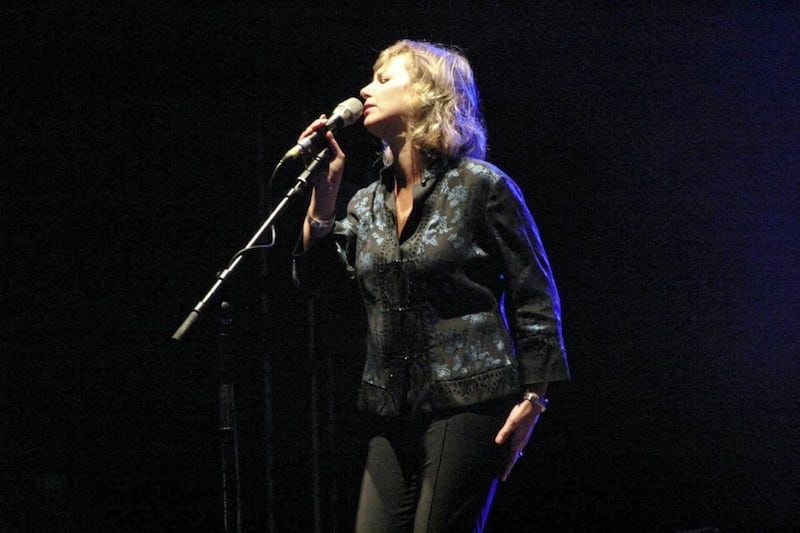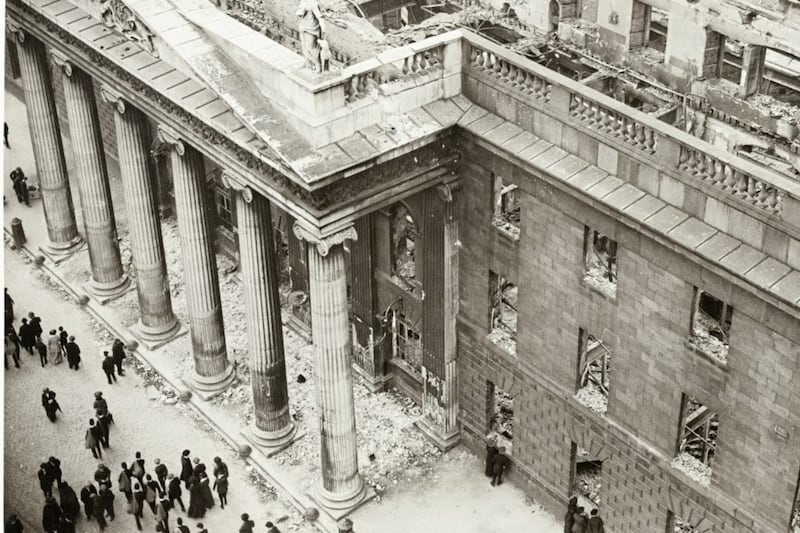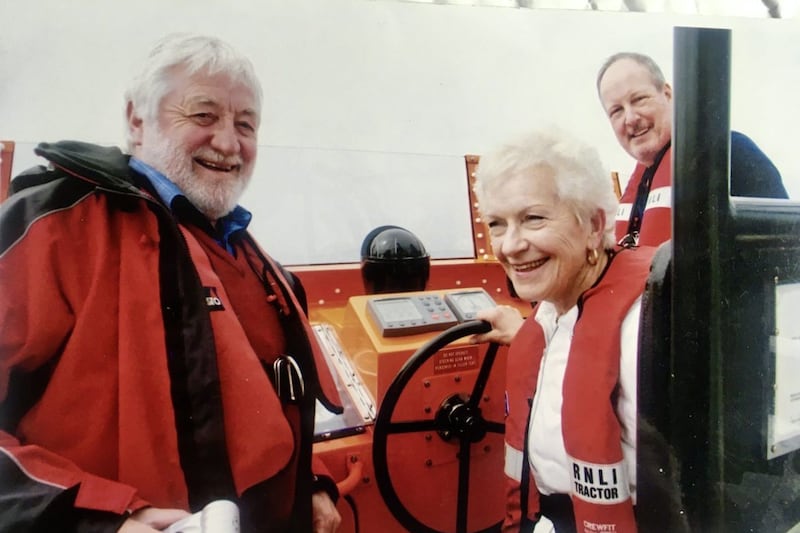Recently discovered documents have cast fresh doubt on the authenticity of the final resting place of one of Ireland's most famous poets, William Butler Yeats.
The poet's official grave is in Drumcliffe Parish Church cemetery in Co Sligo and the site has become a shrine and a tourist attraction for most visitors to Sligo - known as 'Yeats Country' .
WB Yeats, famous for works including his Lake Isle Of Innisfree and Easter 1916, died in France in 1939. A series of events have taken place across Ireland this year to mark the 150th anniversary of his birth.
Yeats had asked to be buried in a temporary grave before being repatriated to Ireland, but that was delayed after the outbreak of World War Two and the return of the remains only happened in 1948.
Doubts over the authenticity of the bones have dogged the authorities for many years, but recently discovered diplomatic correspondence sheds new light on the difficulty of the identification process during the exhumation.
The Irish Times reported that the documents were found in the personal papers of the former French foreign ministry official, Jacques Camille Paris, who later became the first Secretary General of the Council of Europe.
The newspaper said the diplomat's son, Daniel Paris, "turned the documents over to the Irish Embassy in Paris in a discreet ceremony last month".
It reported that the French documents suggest Yeats's remains were mixed up with the bones of others before the exhumation and that details are contained in personal correspondence between French diplomats who were involved in the repatriation. These documents were handed over to the Irish Embassy in Paris last month.
Tke headstone is inscribed with the poet's famous self-penned epitaph: "Cast a cold eye on life, on death, horseman, pass by."
Yeats, who had strong family links to County Sligo, had asked to be reinterred in Drumcliff when press interest in his death had subsided.
The poet instructed his wife: "In a year's time when the newspapers have forgotten me, dig me up and plant me in Sligo."
But his widow faced legal and technical problems sorting out the repatriation during WW2 and at some point during this period it is believed the poet's remains were moved from his original grave in Roquebrune-Cap-Martin, in the south of France.
After negotiations and assistance from the French governments, skeletal remains were exhumed from Roquebrune in 1948 and brought to Sligo by the Irish Naval Service.
The poet's closest surviving relative, his granddaughter Caitriona Yeats, would not comment on the report but she pointed to a letter written by his children, Anne and Michael Yeats in 1988, in response to earlier controversy over the remains.
In that letter, the Yeats family said they were "satisfied beyond doubt that our father's body is indeed buried in Drumcliff Cemetery".
